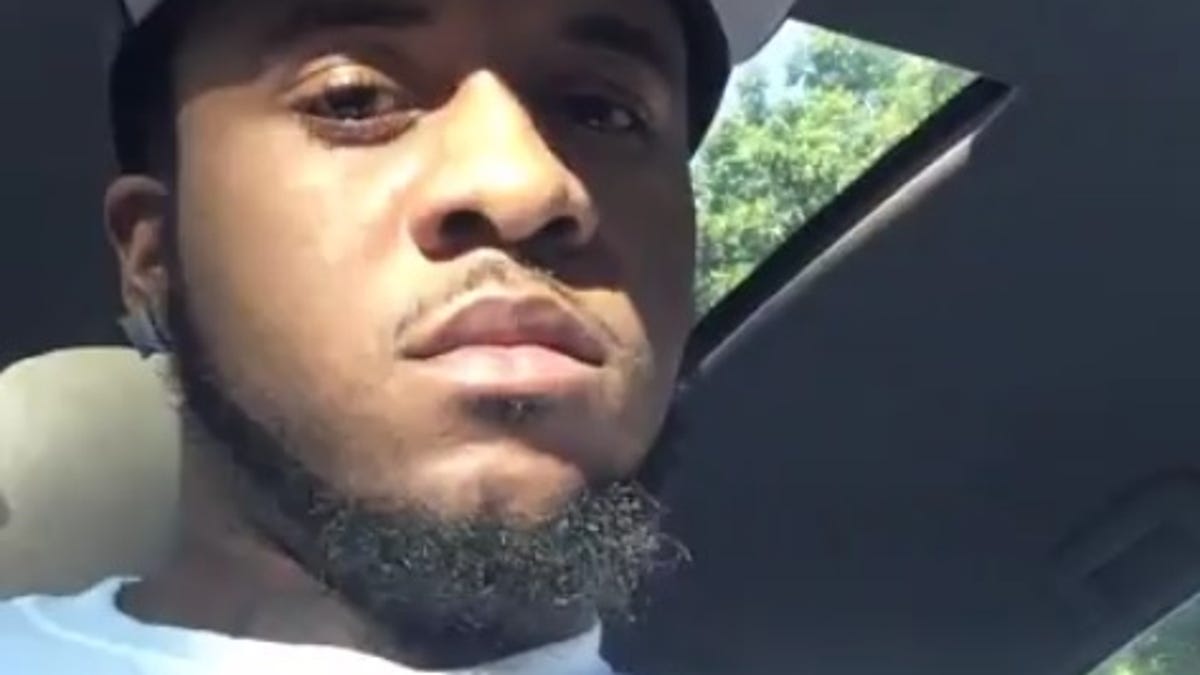Violence on Facebook Live presents censorship dilemma
The live-streaming feature has been used to broadcast live at least 50 violent acts, including murder and suicide, according to the Wall Street Journal.
Facebook Live gives people an easy way to broadcast live video, but it has also reportedly given Facebook a real live headache: how to decide when to censor video depicting violent acts.
In the year since its launch, the feature has been used to broadcast at least 50 acts of violence, according to the Wall Street Journal, including murder, suicides and a beating of a special-needs teenager in Chicago earlier this year. One of the problems is that Facebook "didn't grasp the gravity of the medium" during the planning process for the feature, an unidentified source told the newspaper.
Facebook Live, which lets anyone with a phone and internet connection live-stream video directly to Facebook's 1.8 billion users, has become a centerpiece feature for the social network. In the past few months, everyone from Hamilton cast members to the Donald Trump campaign has turned to Facebook to broadcast in real time.
"Soon, we believe a camera will be the main way to share," instead of the traditional text box, Facebook CEO Mark Zuckerberg said during an earnings conference call last November. "We think its pretty clear video is only going to become more important."
But the focus on video has prompted some tough philosophical questions, like what Facebook should and shouldn't show.
In July, a Minnesota woman named Diamond Reynolds used the service to live-stream her fiance Philando Castile after he was shot by police. The next day, Facebook Live captured the scene as five Dallas police officers were gunned down during a peaceful demonstration.
Both the Castile and Dallas videos were initially streamed unedited and uncensored. The Castile video temporarily disappeared from the social network because of a "technical glitch," according to Facebook. It was restored later with a warning about its graphic nature.
Zuckerberg addressed this issue last month in an open letter to the Facebook community, conceding that errors in judgment were made.
"In the last year, the complexity of the issues we've seen has outstripped our existing processes for governing the community," he wrote, referencing how some newsworthy videos were handled.
Facebook did not immediately respond to a request for comment.
Solving for XX: The industry seeks to overcome outdated ideas about "women in tech."
Virtual reality 101: CNET tells you everything you need to know about what VR is and how it'll affect your life.


